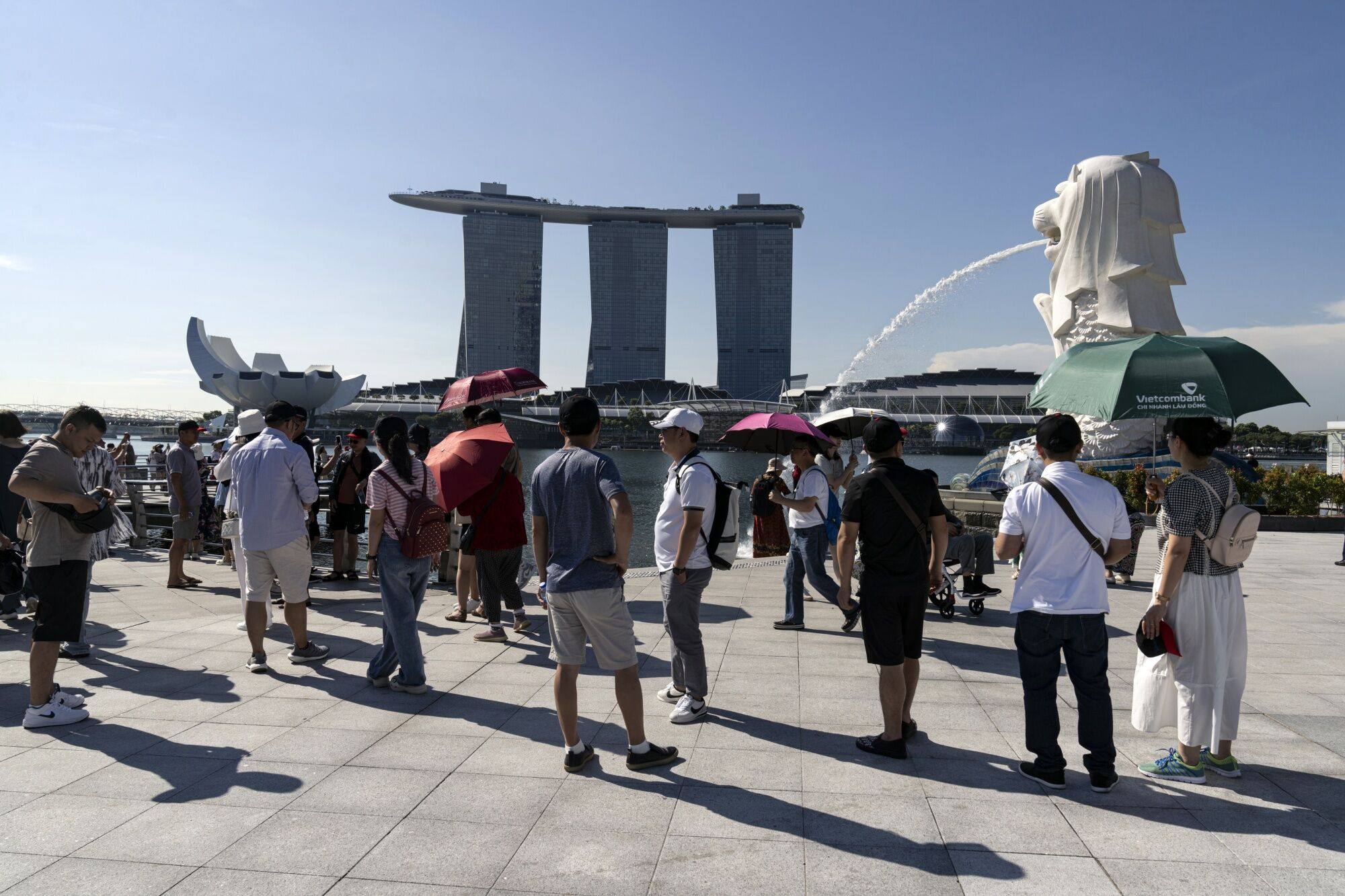Hong Kong and Singapore face extensive retail leakage, with residents in Asia’s top financial hubs preferring to shop and dine across their borders – Shenzhen for Hongkongers and Johor Bahru for Singaporeans – where they get more bang for their buck.
Analysts expect the trend to persist, calling it a “new normal” in the case of Hong Kong, and one that is going to become increasingly significant in Singapore.
In the long-run, Hongkongers’ spending on the mainland is likely to pose more challenges to the city’s retail sector, they added, as Hong Kong’s tourism has yet to fully recover.
“Both markets have their own good and not-so-good things,” said Anshul Jain, managing director for India and Asia-Pacific at Cushman & Wakefield. “[But] the Singapore market in the [extremely] short term is more attractive than Hong Kong.”

Besides, Singapore has become a bigger market for Asia, thanks to the rising affluence of Southeast Asian countries, he added.
But so far that has not affected retail rents in both cities. First-quarter rents in Singapore’s prime areas inched up 0.6 per cent, compared with the preceding three months, according to JLL.
Hong Kong fared slightly better, with rents for high street shops rising 1.7 per cent and prime shopping centres by 0.7 per cent in the same period, according to the property consultancy. It was, however, the slowest growth in the last four quarters, JLL data showed.
Before the pandemic, tourist spending in Hong Kong made up at least 30 per cent of the overall retail segment, according to data cited by Jain. And not only have mainland tourists to the city declined, but their spending has also decreased, he noted.
Hong Kong is targeting 46 million visitors this year, an increase of 35 per cent from 2023, according to a government forecast. However, that level would still be only 70 per cent of the record 65 million tourists in 2018. Meanwhile, estimated spending per overnight visitor is expected to shrink by as much as 16.4 per cent to HK$5,800 (US$743) this year from HK$6,939 in 2023.
Domestic consumers are unlikely to fill the gap as outbound travel has rebounded at a faster pace than inbound, JLL said. This has worsened the outbound-inbound ratio from 1.5 in 2018 to 2.1 in 2023. In the first quarter, this stood at 2.1.
In Shenzhen, Hongkongers made more than 35 million digital transactions worth about 8.6 billion yuan (US$1.2 billion) in 2023, an increase of 70 per cent from 2022, according to data cited by Kevin Lam, executive director and head of retail services for Hong Kong at Cushman.
This spending pattern extends beyond Shenzhen, with Hongkongers also frequenting Guangzhou, Zhuhai and Zhongshan, Lam added, where the prices of goods and services are between a quarter and half of those in Hong Kong.
Value for money, greater choices and the convenience of driving to Greater Bay Area cities, or taking the high-speed rail, are some of the reasons the trend is here to stay, he said.
“I have friends who go to the mainland for dental services, cosmetic treatments, traditional Chinese medicine consultations and even service their cars in Zhuhai and Zhongshan,” Lam said.
The Hong Kong dollar’s strength against the yuan is also a big factor, making it cheaper for Hongkongers to shop on the mainland, and the opposite for mainlanders in Hong Kong.
In Singapore, residents have been driving across the Malaysian border to Johor Bahru since the 1980s to fill up their cars, as petrol there is much cheaper. While there are no official figures on the number of Singaporeans making the trip, thousands of Singapore-registered vehicles are known to drive via the causeway linking the two cities.
The Singaporean dollar’s strength vis-à-vis the Malaysian ringgit is one of the reasons for this, said Alan Cheong, executive director for research and consultancy at Savills in Singapore.
“This leakage is expected to be a further drain to the local consumption power because the price differential of shopping in Johor Bahru in Singapore dollar terms is too great to overcome,” he said, noting that the price difference was about 30 per cent.
The preference to shop and dine in Johor Bahru is likely to persist, with new malls sprouting up in the Malaysian city and the extension of a rail transit system.
The opening of the rail link between Woodland in Singapore and Bukit Chagar in Johor Bahru in 2026 will add to the travel convenience, said Sing Tien Foo, provost’s chair professor at the department of real estate, business school, National University of Singapore.
The resilience of Singapore’s retail sector is underpinned by a tourism segment that is not solely dependent on China, said Christine Li, head of research for Asia-Pacific at Knight Frank.
“Singapore has seen a boost in retail sales from a string of concerts held in the city state, with the ‘Taylor Swift effect’ attracting an influx of regional tourists,” she said.
Meanwhile, Singapore’s visitor numbers this year are likely to come within striking distance of the 19 million it clocked in 2019, which will support the retail sector, Cushman’s Jain said.



